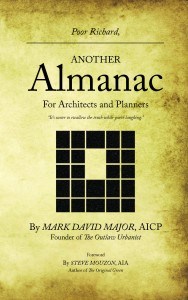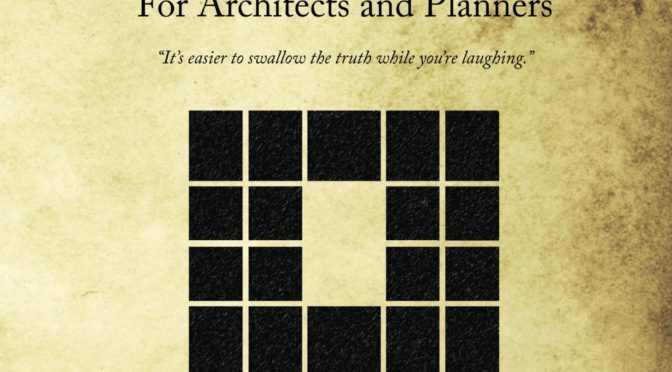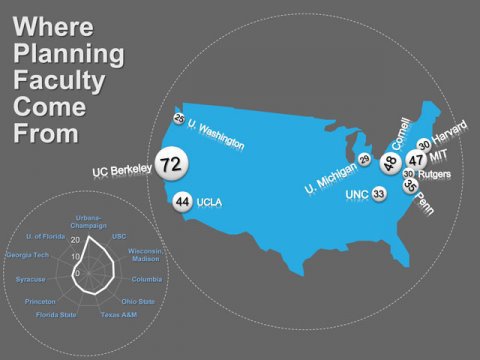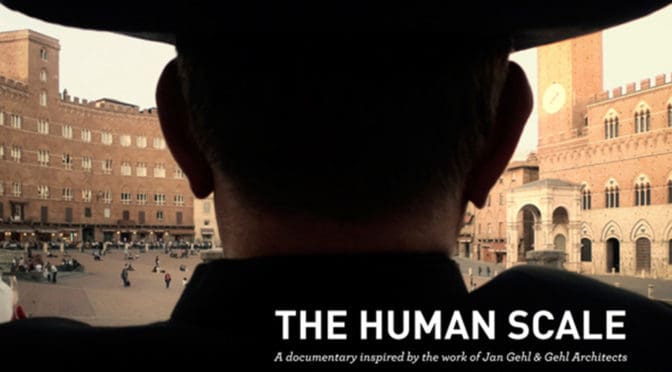Dispatches from Dawn in the USA | via the Original Green
by Steve Mouzon, AIA, December 8, 2014
Steve Mouzon, AIA discusses the influence of Benjamin Franklin within the context of the release of Poor Richard, Another Almanac for Architects and Planners by Mark David Major.
Excerpt:
“Ben Franklin was a Twitter master a quarter-millennium before the medium, as I wrote in the Foreword to Mark Major’s excellent new book Poor Richard, ANOTHER Almanac for Architects and Planners, but Franklin was also more skilled at describing true Original Green sustainability than anyone alive today. What follows are some of my favorite nuggets of Poor Richard wisdom.”
Read the full article here: Dispatches from Dawn in the USA | the Original Green | Steve Mouzon
Download the full article here: Dispatches from Dawn in the USA | the Original Green | Steve Mouzon
 Poor Richard, Another Almanac for Architects and Planners (Volume 2)
Poor Richard, Another Almanac for Architects and Planners (Volume 2)
by Mark David Major
Foreword by Steve Mouzon
140 pages with black and white illustrations.
Available in print from Amazon, CreateSpace, and other online retailers. Available on iBooks from the Apple iTunes Store andKindle in the Kindle Store.
For the best digital eBook experience, the author recommends purchasing the iBook version of the book.






